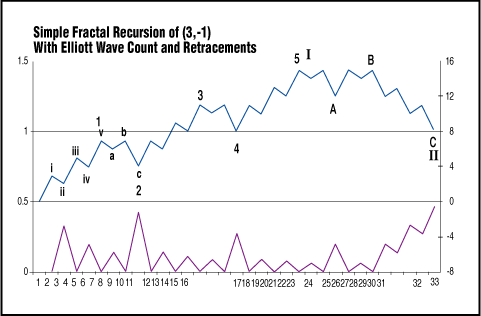
FIGURE 1: SIMPLE FRACTAL RECURSION. Here you see an idealized wave pattern
This article will demonstrate that, over the last 30 to 40 years, the seemingly complex behavior of the stock market (as exemplified by the Standard & Poor's 500) can be reduced to one essential principle: impulse and correction. The values of impulse and correction can be specifically measured and are found to be 3 and -1. The complexity of the market is then generated by the self-replication of these two numbers. More formally, they are the seed value of a recursive fractal expressed by (3, -1)F. Finally, now that the market has been accurately described or modeled, predictive uses and weaknesses can be evaluated.FRACTALS
A Fundamental View Of
Fractal Analysis
by James R. Williamson Jr.
Can the complex behavior of the stock market really be reduced to something simple?
SMOOTH OR ROUGH?
Fractals are all around us in the forms of a snowflake, a fern leaf, a shoreline. Fractals are patterns that are self-similar regardless of scale. Whether you zoom in or zoom out, the same overall forms are there. Fractals exist as a self-organizing force in nature, but they also exist in stock market data. Why? This leads to my first assumption: The stock market, as it reflects the global economy, is a force of nature. It is beyond the control of one man, one company, one scandal, or one corporate bankruptcy. It must adhere to certain natural laws, one of them being fractal relationships. Did you ever notice a pattern on a weekly chart that was virtually identical to a five-minute chart? Did you dismiss the observation as an oddity and move on?
The stock market took a big hit in October 1987, when the Dow Jones
Industrial Average (DJIA) fell more than 22% in one day (Monday, October
19). At the time, market technicians could find no one precipitous cause,
no smoking gun. Was it the advent of program trading? Was it poor risk
management by professionals? Economists dismissed the sharp drop as part
of the internal mechanics of trading dynamics. Statisticians assured us
it could be ignored as uncharacteristic since it was an outlier -- an event
more than two or three standard deviations from the norm.

FIGURE 1: SIMPLE FRACTAL RECURSION. Here you see an idealized wave pattern
Excerpted from an article originally published in the April 2007 issue of Technical Analysis of STOCKS & COMMODITIES magazine. All rights reserved. © Copyright 2007, Technical Analysis, Inc.